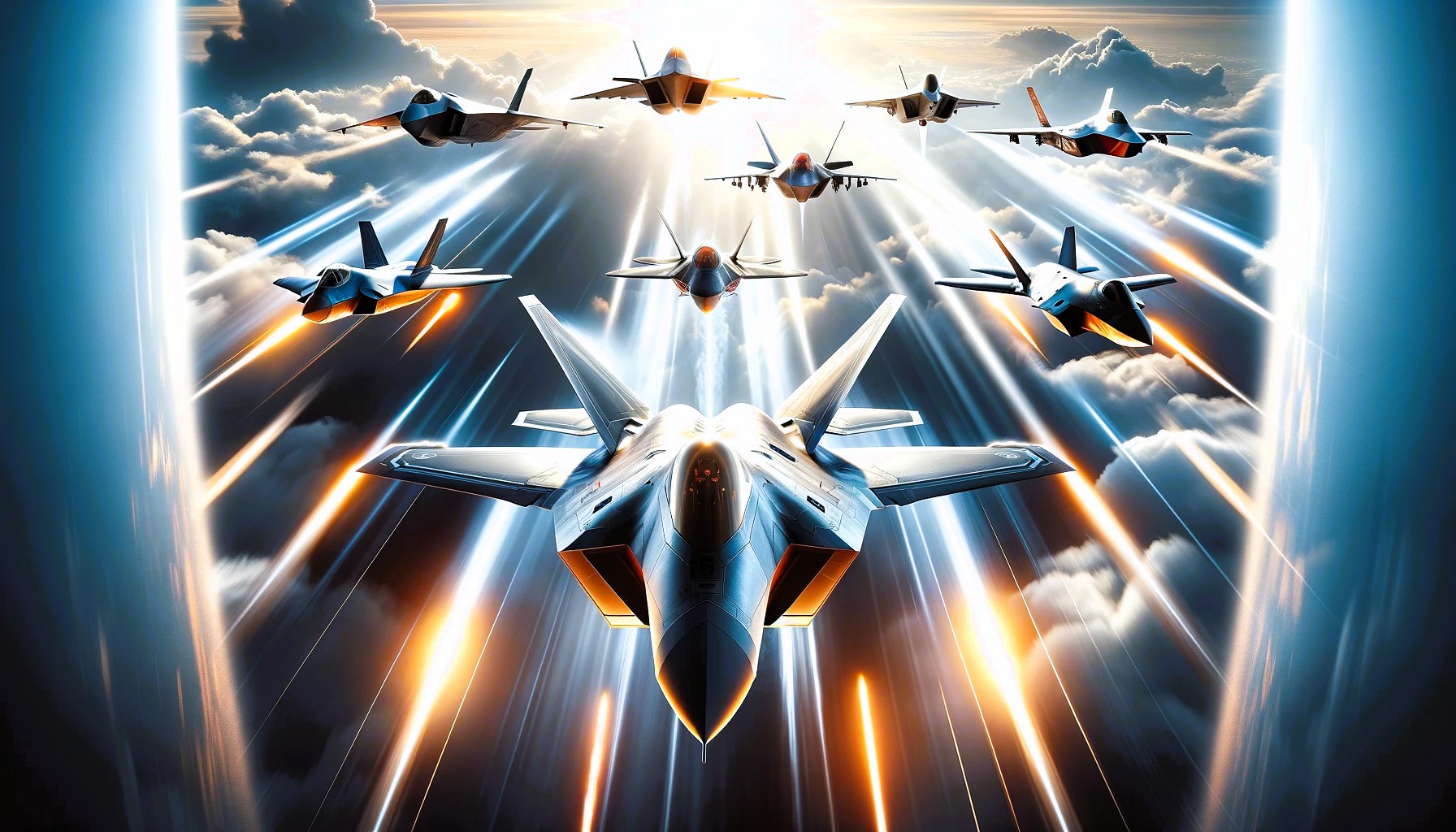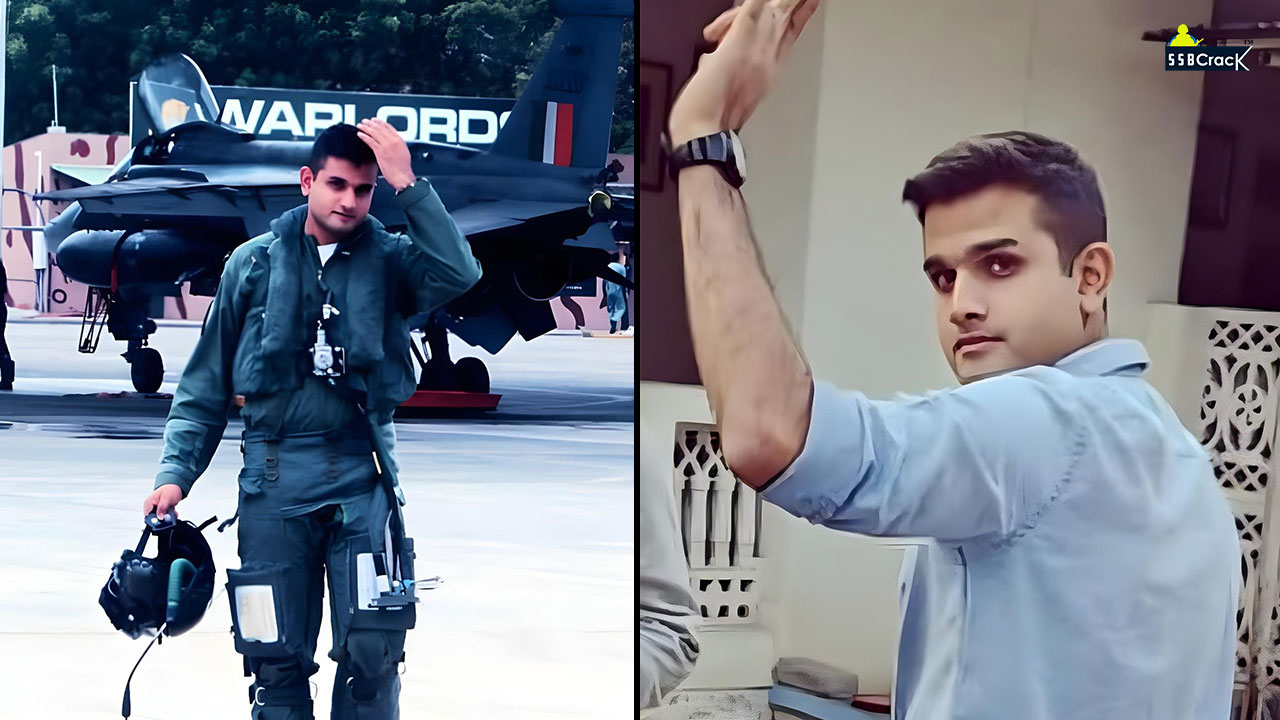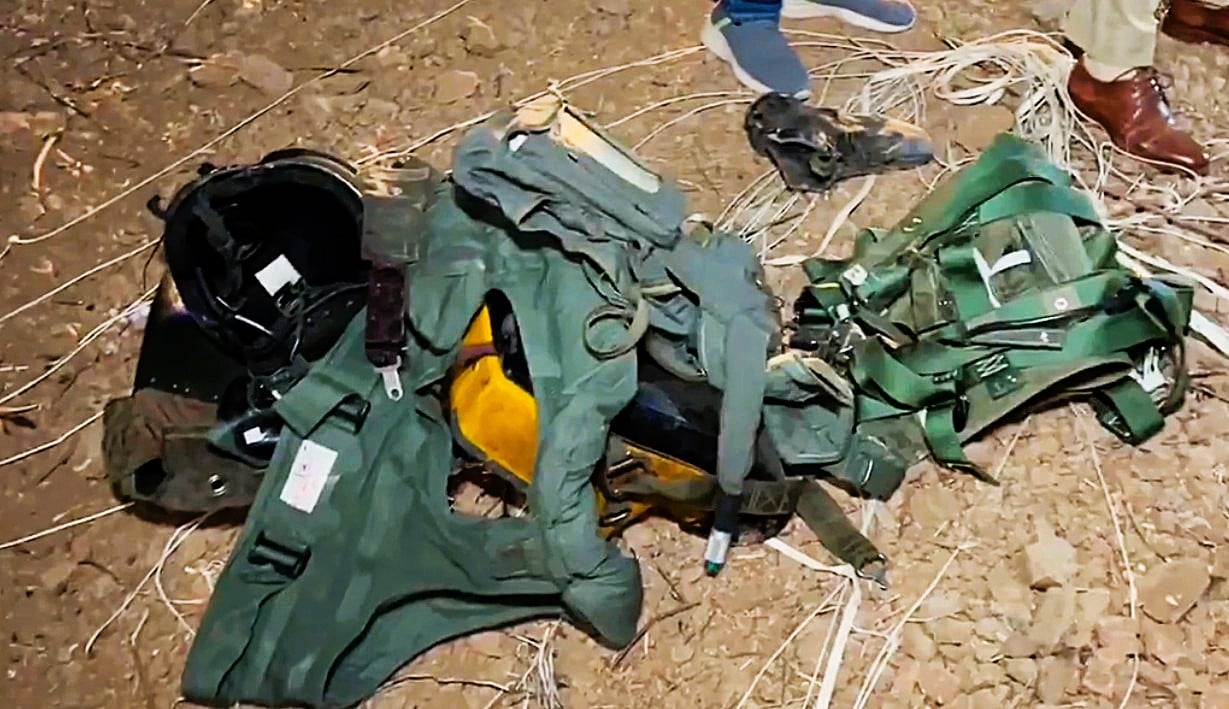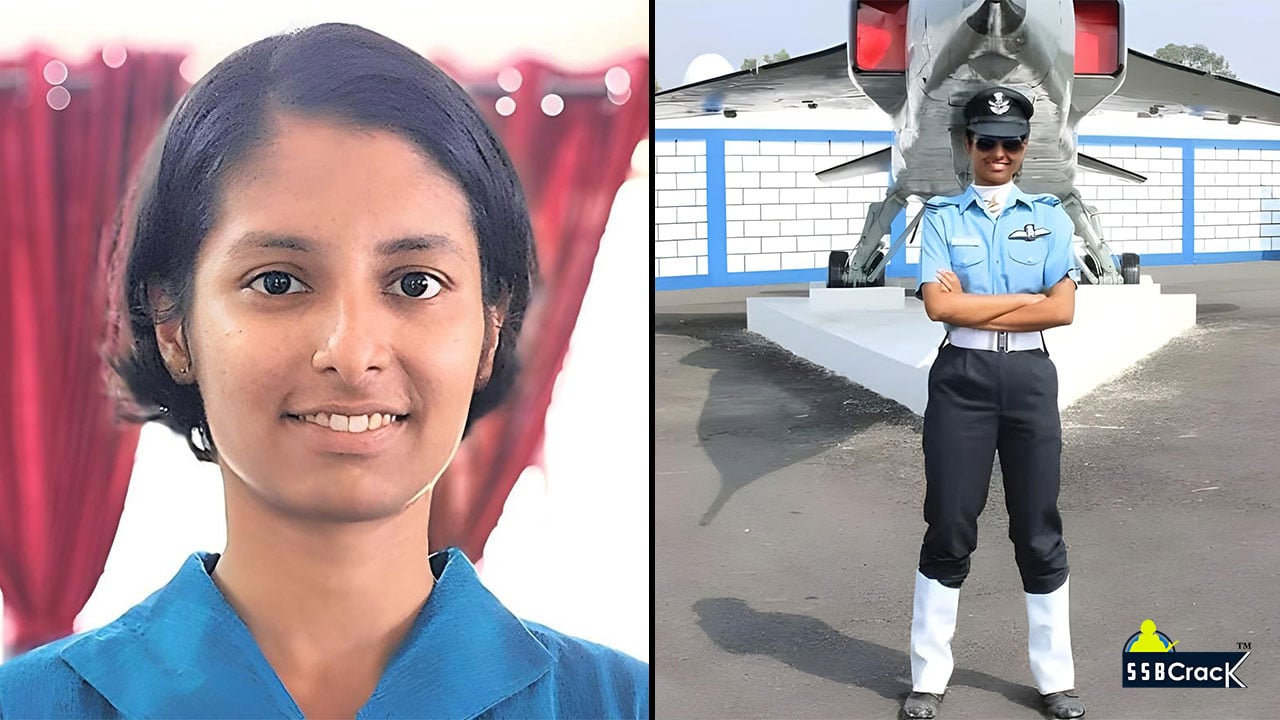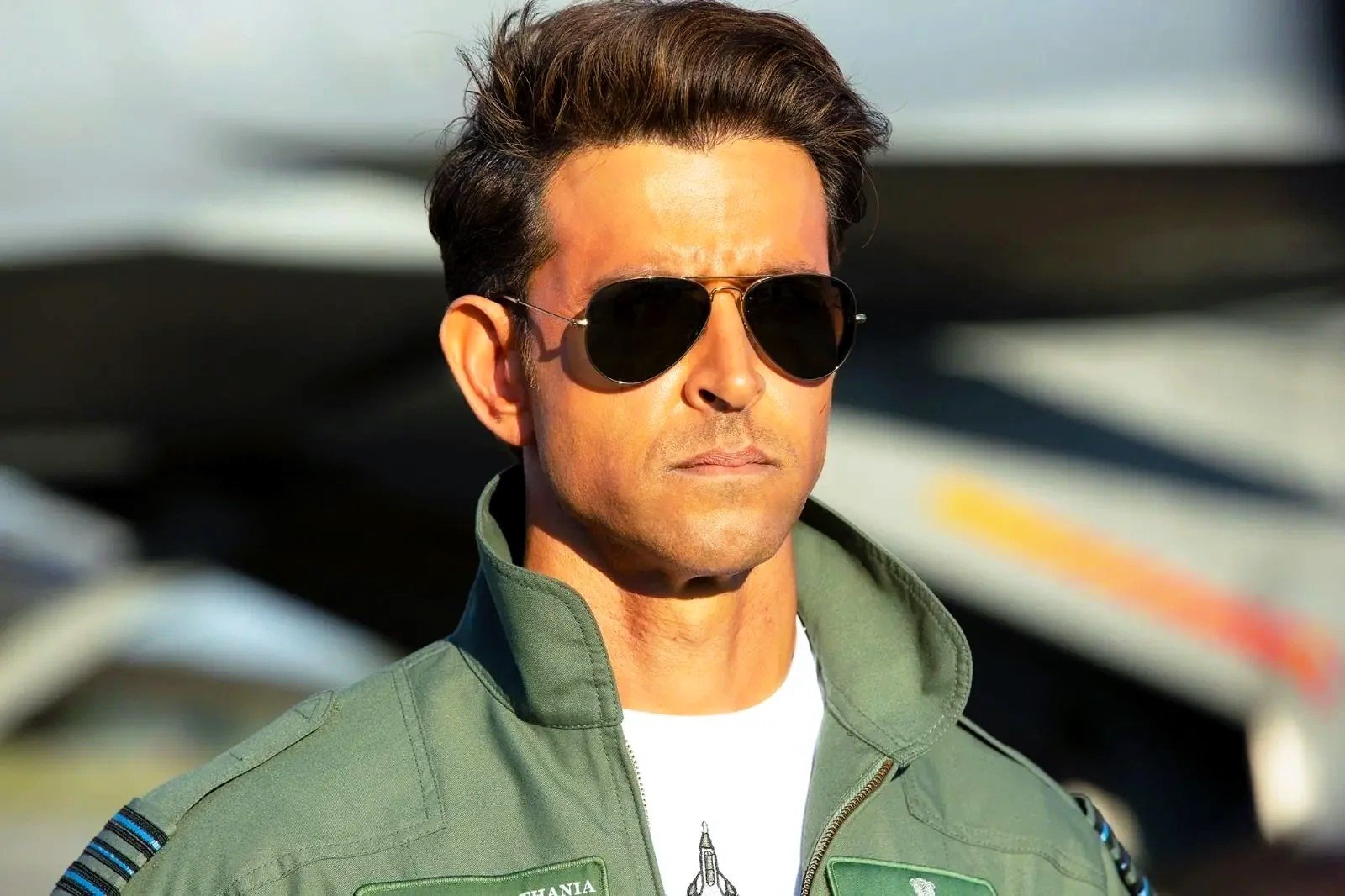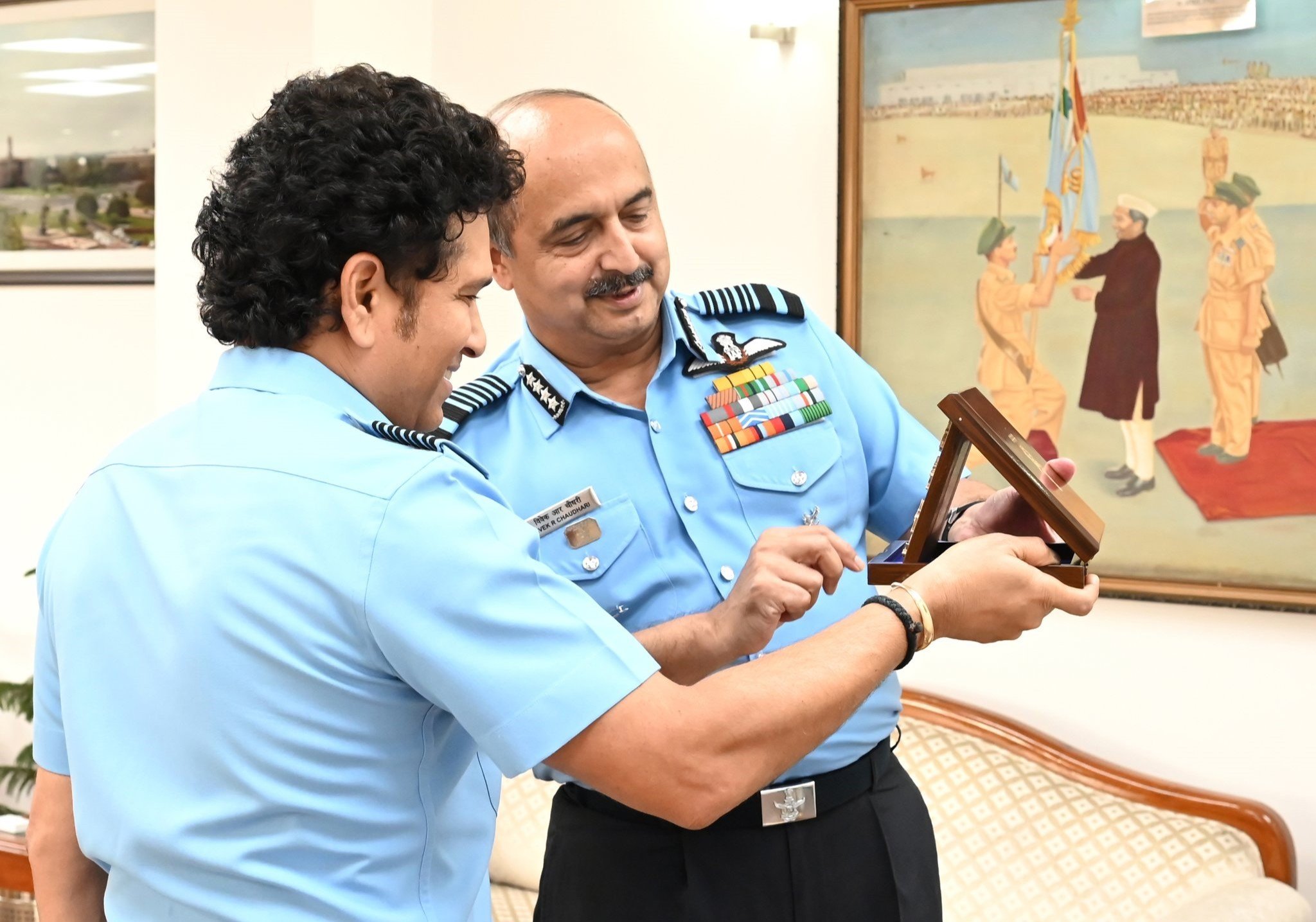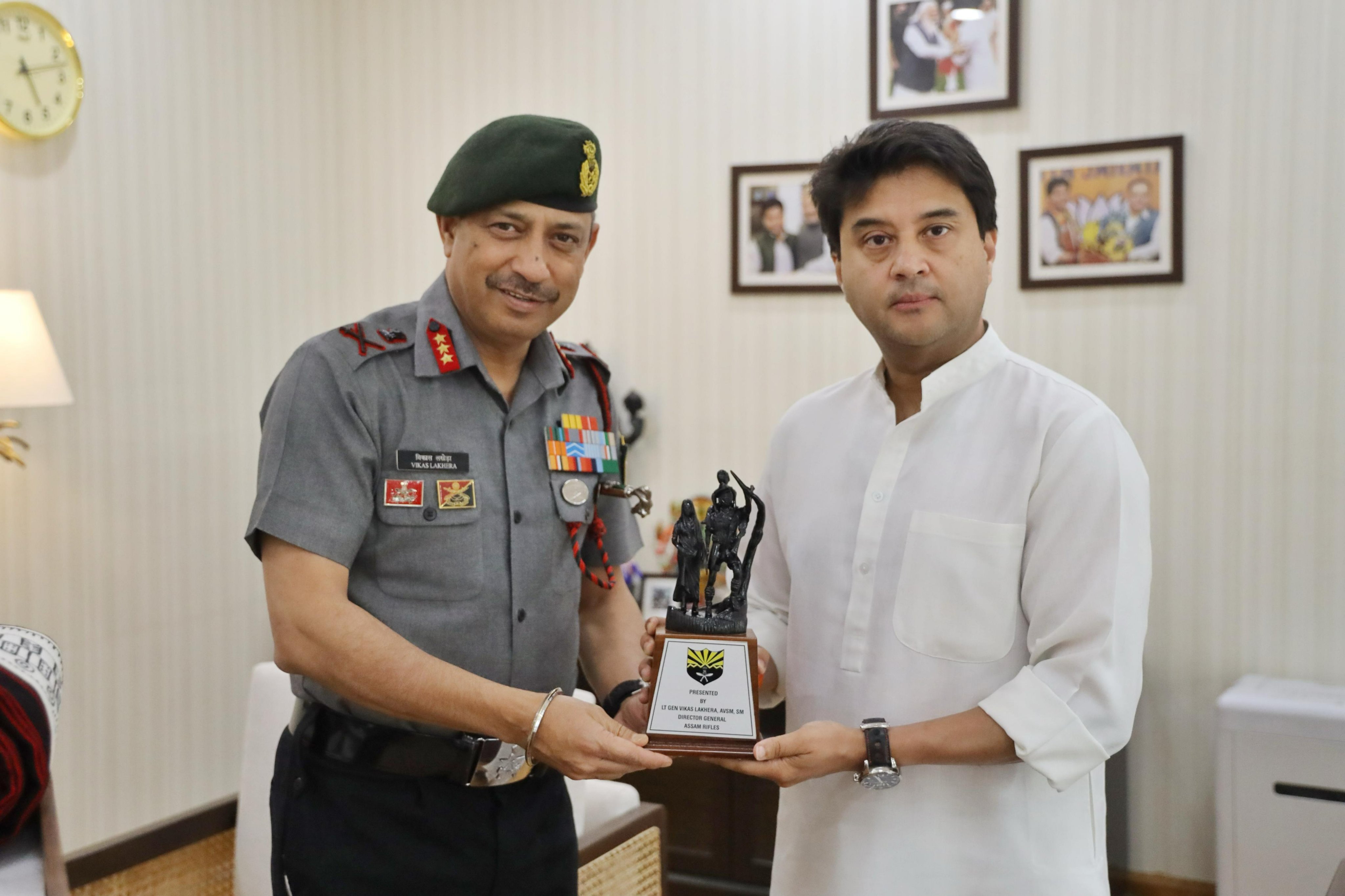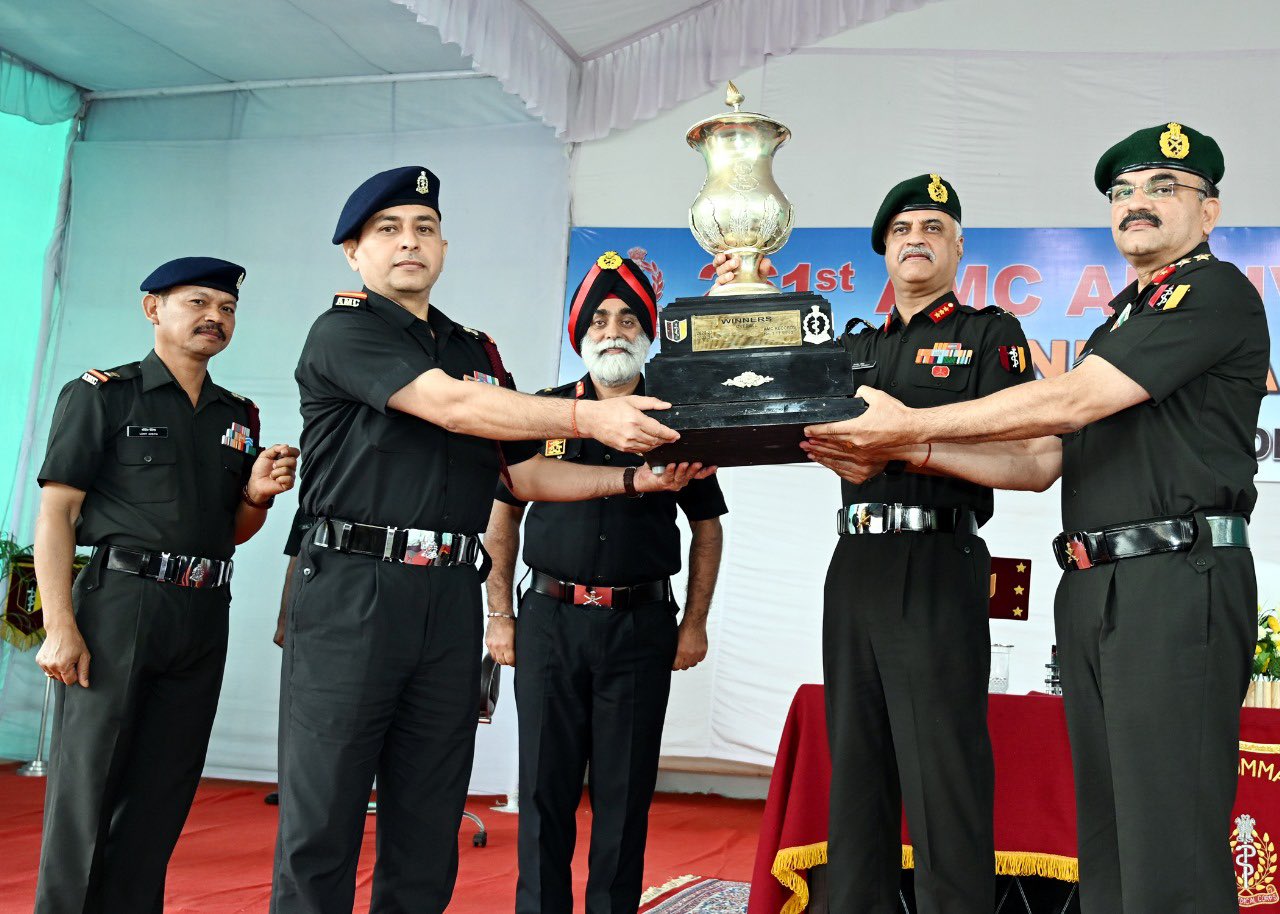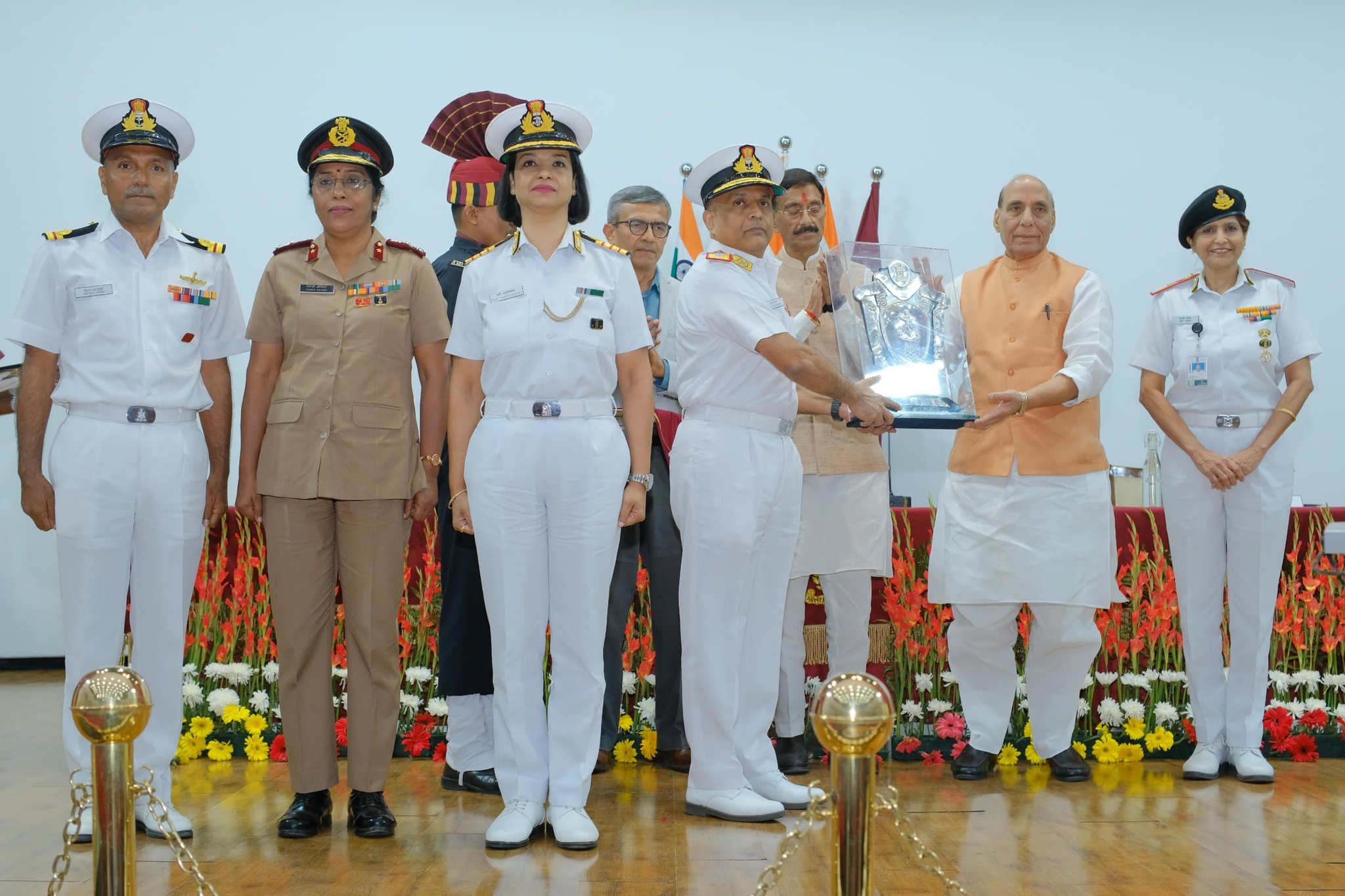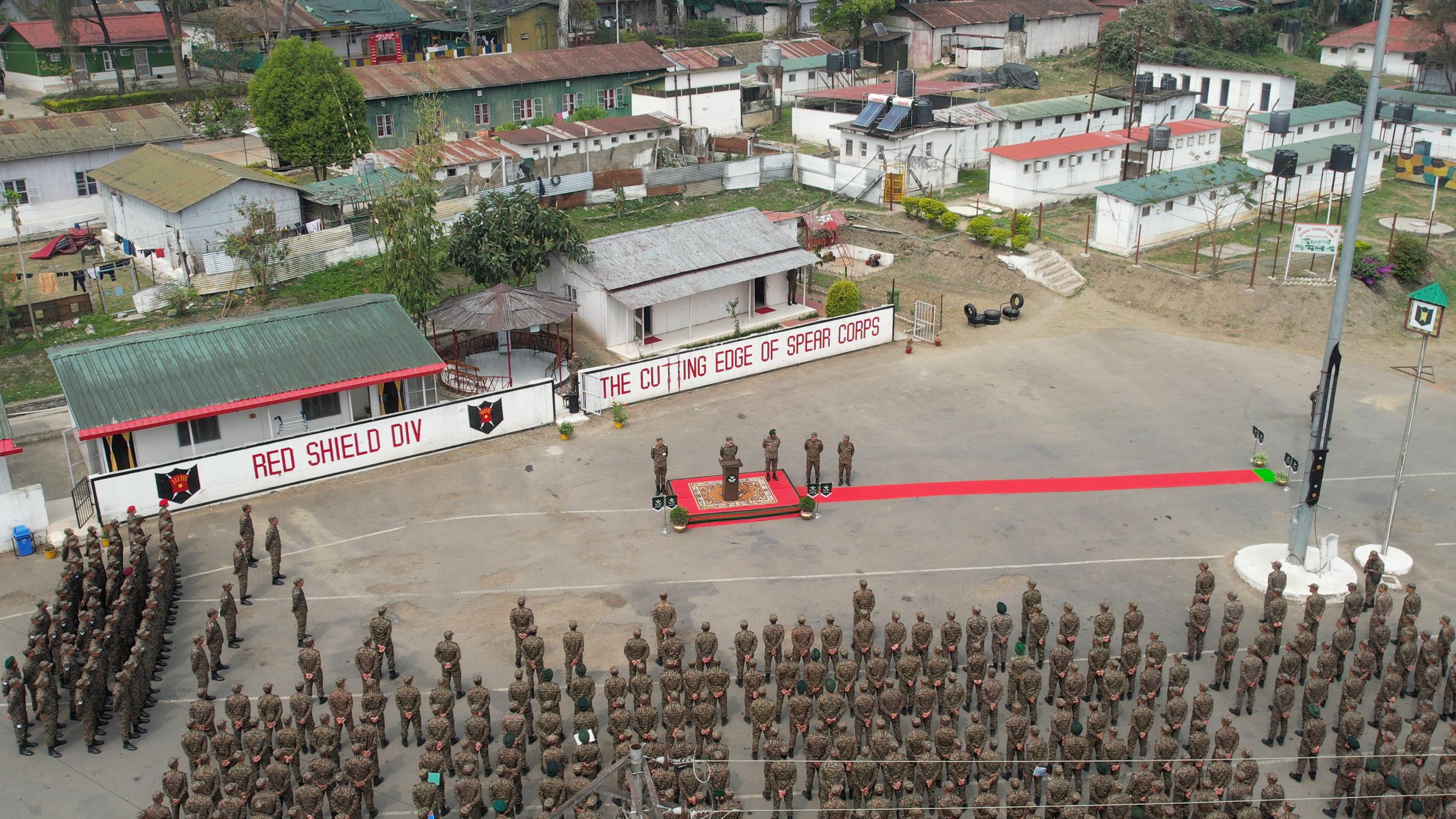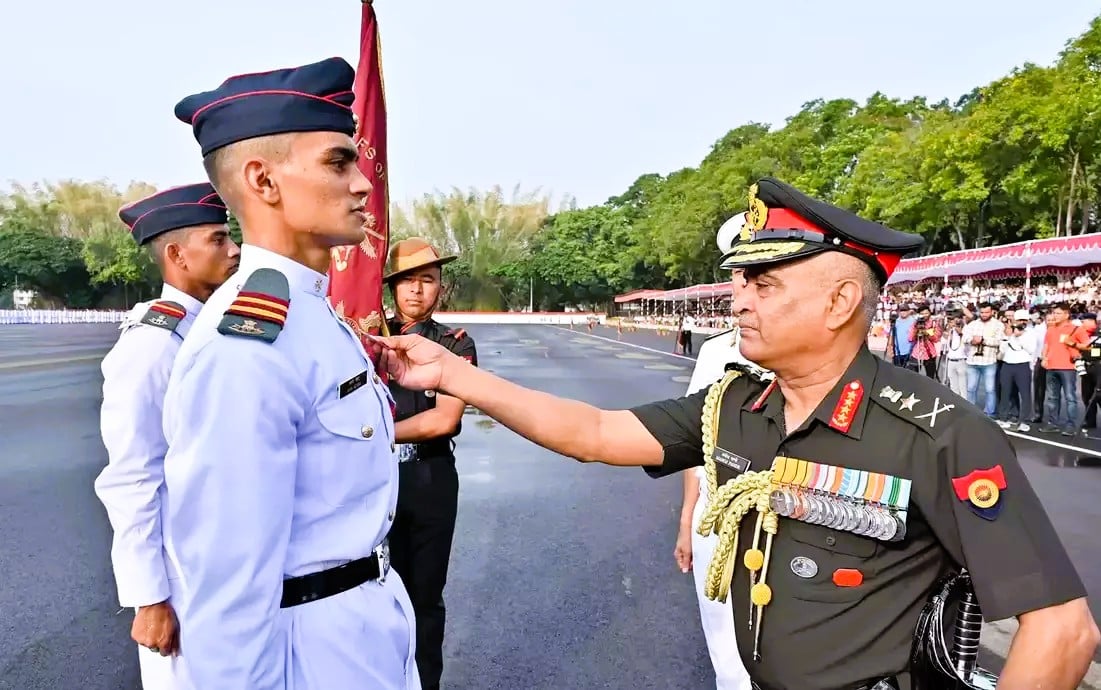In our quest for aerial supremacy, the evolution of fighter jets has ushered in a monumental era – the age of the 5th generation fighter jets. These sophisticated titans of the skies, boasting the apex of stealth technology, advanced avionics, and super maneuverability, mark the latest breakthrough in combat aviation.
Our discussion today centers on these unparalleled machines, which redefine modern warfare with their ability to engage unseen, striking with precision before adversaries even realize the danger.
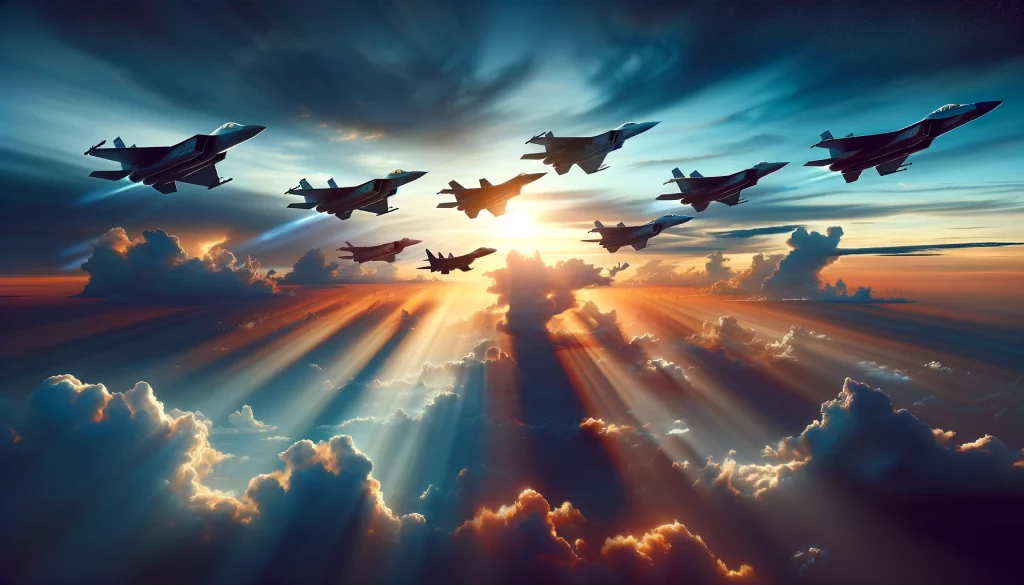
As we uncover the world’s best 5th generation fighter jets, we’ll explore the exceptional capabilities and innovative technologies that set apart combat-proven aircraft like the F-22 Raptor, F-35 Lightning II, Chengdu J-20, and Sukhoi Su-57. We unravel how their stealth technology, combined with supercruise and advanced networked data fusion, enhances situational awareness to dominate the battleground.
Top 5 Fastest Missiles in the World 2024
It’s not just about power; it’s the strategic finesse and multirole flexibility that empower these fighter jets. Together, through our analysis, we will navigate the present mastery and future potential of air combat, as I aim to provide you with the most comprehensive understanding and inspire the pursuit of excellence within the defense aspirants we proudly guide and mentor.
F-22 Raptor
In our exploration of the world’s most formidable 5th generation fighter jets, we encounter the F-22 Raptor, a marvel of modern aviation and a testament to the ingenuity of American aerospace engineering.
This aircraft is not just a machine; it is the embodiment of air dominance, crafted meticulously by Lockheed Martin and Boeing to ensure the United States Air Force (USAF) maintains its edge in aerial combat.
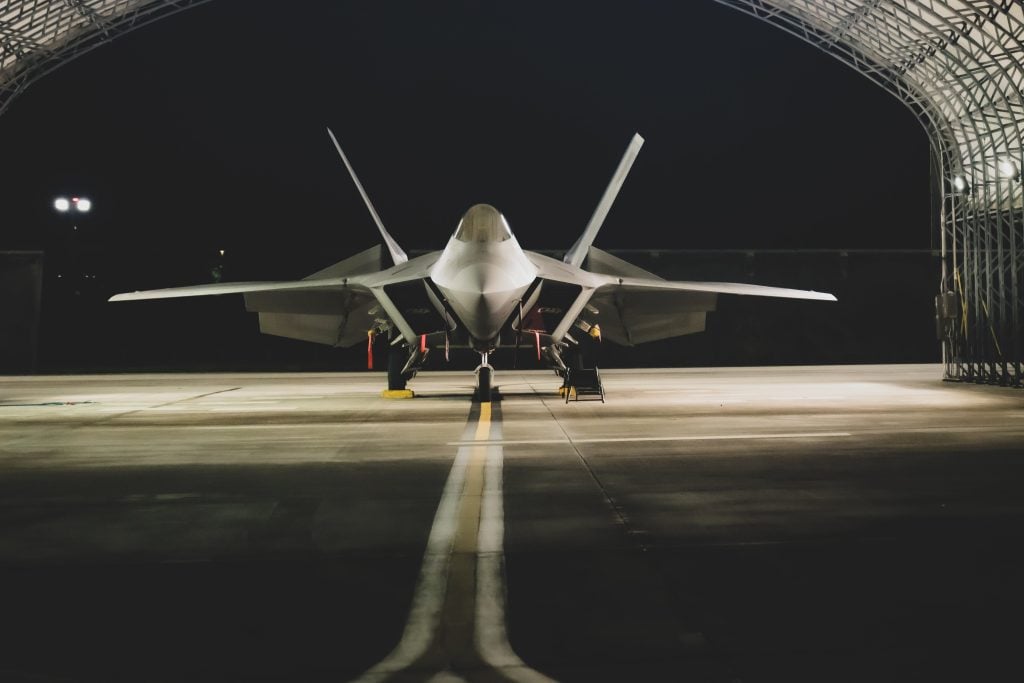
- Stealth and Supercruise Capabilities:
- The F-22’s design is a masterclass in stealth, with features that drastically reduce its radar cross-section. Clipped diamond-like delta wings, an angular fuselage, and four empennage surfaces all contribute to its elusive profile.
- Supercruise is another ace up the Raptor’s sleeve, allowing it to fly at speeds greater than Mach 1.8 without afterburners, extending its operational range and reaction time.
- Advanced Avionics and Weapon Systems:
- The F-22 boasts a sensor suite that provides unparalleled situational awareness, enabling pilots to detect, track, and eliminate threats at incredible distances. This system, combined with stealth capabilities, allows the Raptor to engage adversaries before they’re aware of its presence.
- Armament is equally impressive, with a lethal mix of air-to-air and air-to-ground munitions. The F-22 can carry six AIM-120 AMRAAMs and two AIM-9 Sidewinders for air combat, while for ground targets, it can internally carry two 1,000-pound GBU-32 JDAMs, maintaining its stealth profile.
- Maneuverability and Endurance:
- The Raptor’s maneuverability is unmatched, thanks to large control surfaces, vectored thrust nozzles, and advanced aerodynamics. These features ensure the F-22 can outmaneuver any threat, maintaining superiority in dogfights.
- With a thrust-to-weight ratio near unity in maximum military power, the F-22 exhibits exceptional energy potential, a critical advantage in both offensive and defensive scenarios.
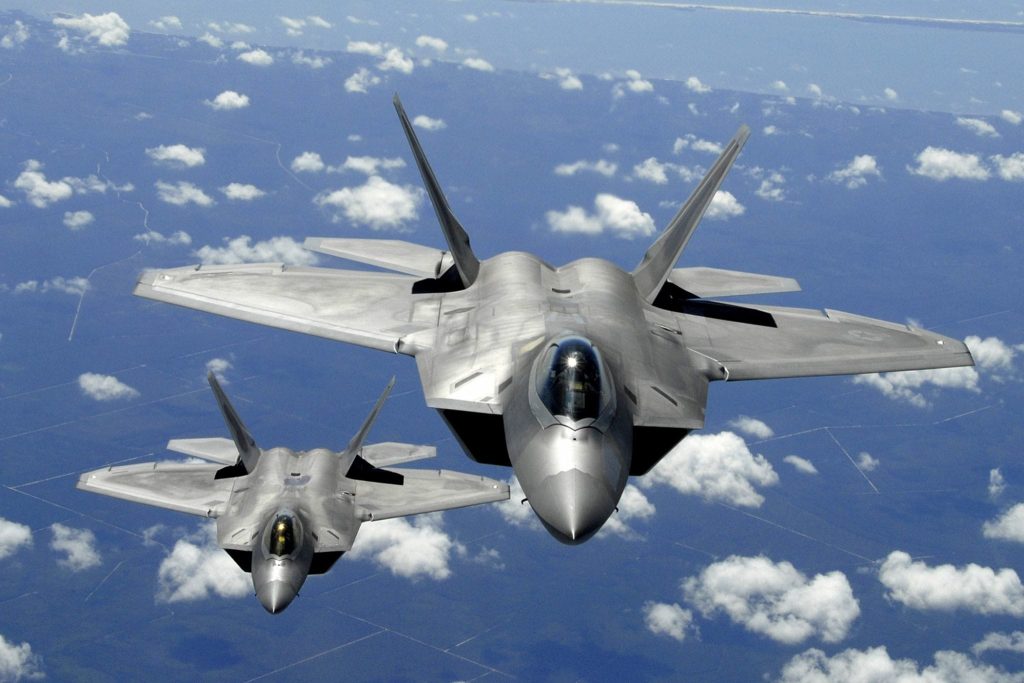
As we, the guardians of the skies, continue to evolve our capabilities, the F-22 Raptor stands as a beacon of our unwavering commitment to air superiority. Its unparalleled performance and formidable presence assure that we remain several strides ahead in the theater of air combat, prepared to defend and dominate whenever the call to arms sounds. Our journey through the echelons of 5th generation fighter jets is far from over, but the Raptor has undoubtedly set a high bar for what follows.
15 Best Aircraft Carriers in the World
F-35 Lightning II
Continuing our examination of the pinnacle of 5th generation fighter jets, we turn our attention to the F-35 Lightning II. This aircraft represents a quantum leap in combat capability, a multirole marvel that seamlessly integrates advanced stealth with fighter speed and agility.
Developed by Lockheed Martin, the F-35 Lightning II is the fruit of the Joint Strike Fighter (JSF) program, which began in 1995 with the ambitious goal of replacing a plethora of US Military aircraft with a single, versatile platform.
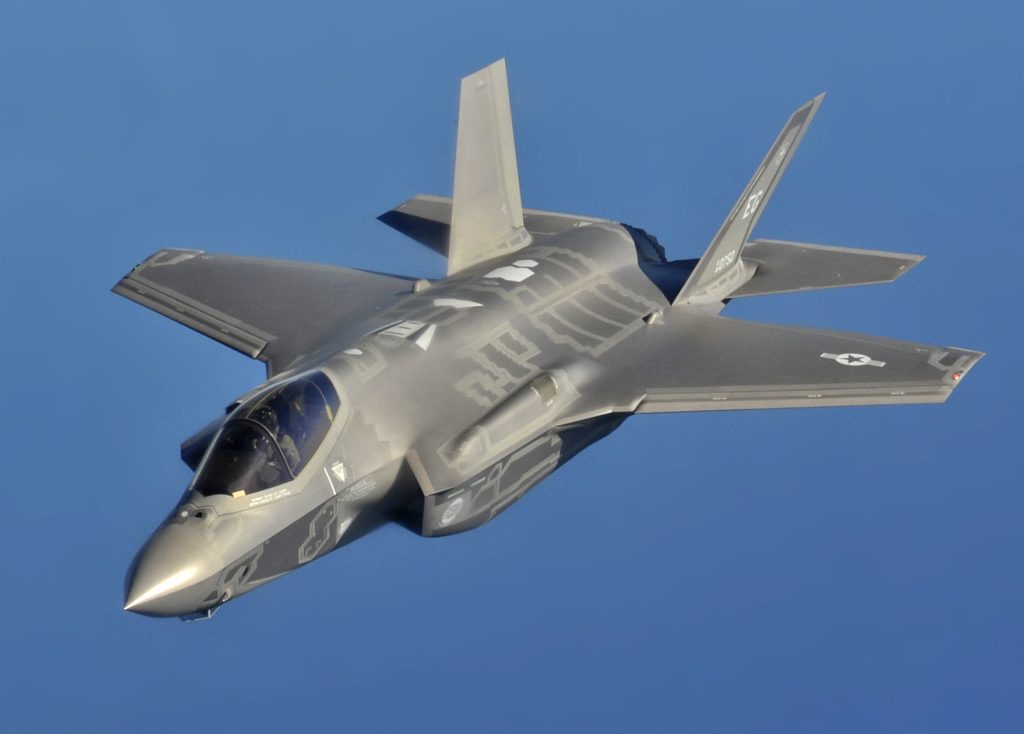
- Variants Tailored for Different Missions:
- The F-35 comes in three distinct variants, each designed for a specific role. The F-35A is built for conventional takeoff and landing, the F-35B excels with its short take-off and vertical-landing capabilities, and the F-35C thrives as a carrier-based power.
- Cutting-Edge Sensors and Avionics:
- At the heart of the F-35’s superior combat effectiveness are its state-of-the-art sensors and avionics. The Northrop Grumman AN/APG-81 AESA radar, BAE Systems AN/ASQ-239 Barracuda electronic warfare system, and Lockheed Martin AN/AAQ-40 Electro-Optical Targeting System (EOTS) furnish the pilot with a decisive edge in both situational awareness and engagement.
- The aircraft’s mission systems are engineered for network-centric warfare, significantly enhancing the pilot’s command and control capabilities and situational awareness through a fusion of onboard and offboard information.
- Stealth and Armament – A Formidable Combination:
- Stealth is a cornerstone of the F-35’s design, focusing on minimizing its radar cross-section (RCS) primarily against high-frequency X-band wavelengths. The use of radar-absorbent materials (RAM) and meticulous airframe shaping are key to this stealth profile.
- Internally, the F-35 houses two weapons bays, each equipped with two stations capable of carrying an array of air-to-surface and air-to-air weapons, ensuring versatility and readiness for a multitude of combat scenarios.
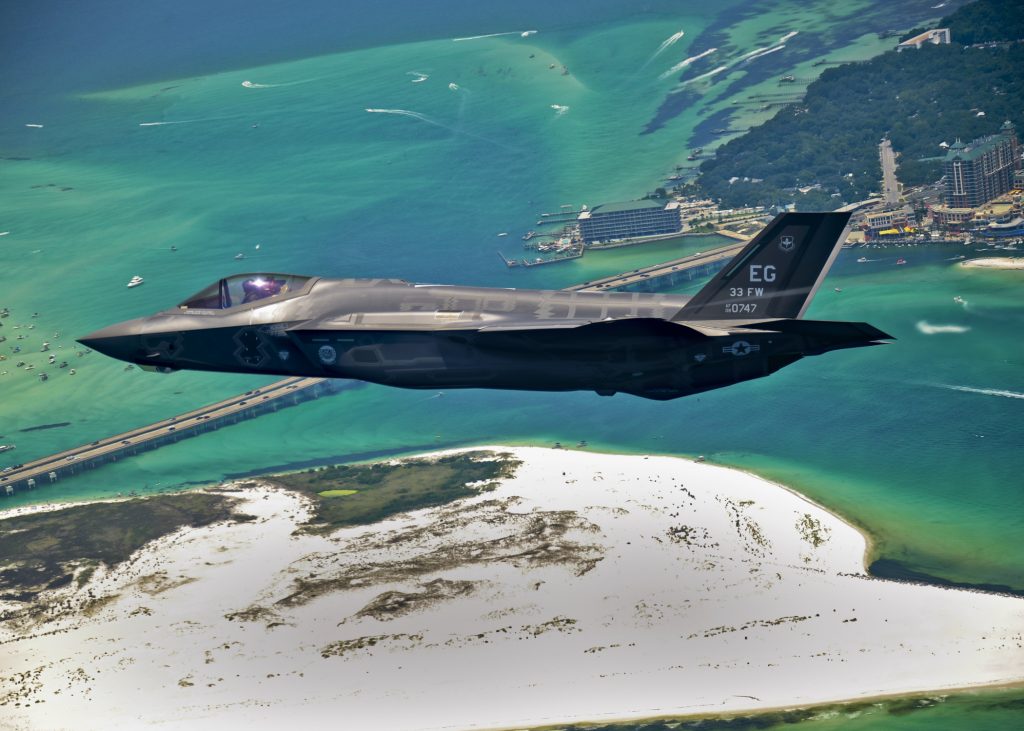
The F-35’s glass cockpit is futuristic, featuring a panoramic touchscreen and a smaller stand-by display, complemented by a sophisticated speech-recognition system. This advanced human-machine interface is further augmented by the absence of a traditional head-up display, replaced by a revolutionary helmet-mounted display system (HMDS). This key element of the F-35’s design allows pilots to access critical flight and combat information in any direction their gaze takes, and even engage targets when the aircraft’s nose is pointed elsewhere, a true testament to the jet’s cutting-edge capabilities.
This aircraft has already been adopted by the U.S. and Italian Air Force and Navy, marking a generational shift as it replaces legacy fighters like the F-16 Fighting Falcons, A-10, and F-117. Despite facing challenges in areas such as software development and supply chain management, the F-35 Lightning II is poised to be a central component of military operations for the U.S. and its allies for decades to come, a clear reflection of its unmatched potential and the high expectations resting on its wings.
As we continue to delve into the capabilities of the world’s best fighter jet in the world, the F-35 Lightning II stands as a beacon of innovation and versatility, embodying our relentless pursuit of air superiority and multirole adaptability in the ever-evolving theater of air combat.
5 Best Attack Submarines in the World
Chengdu J-20 Mighty Dragon
As we delve deeper into the realm of 5th generation fighter jets, we encounter the Chengdu J-20 Mighty Dragon, a formidable contender developed by China’s aerospace industry. The J-20 represents the People’s Liberation Army Air Force’s (PLAAF) significant leap into modern air warfare, showcasing an impressive blend of stealth, speed, and firepower.
Here’s an in-depth look at the capabilities of the J-20, which stands as a testament to China’s growing aerospace prowess.
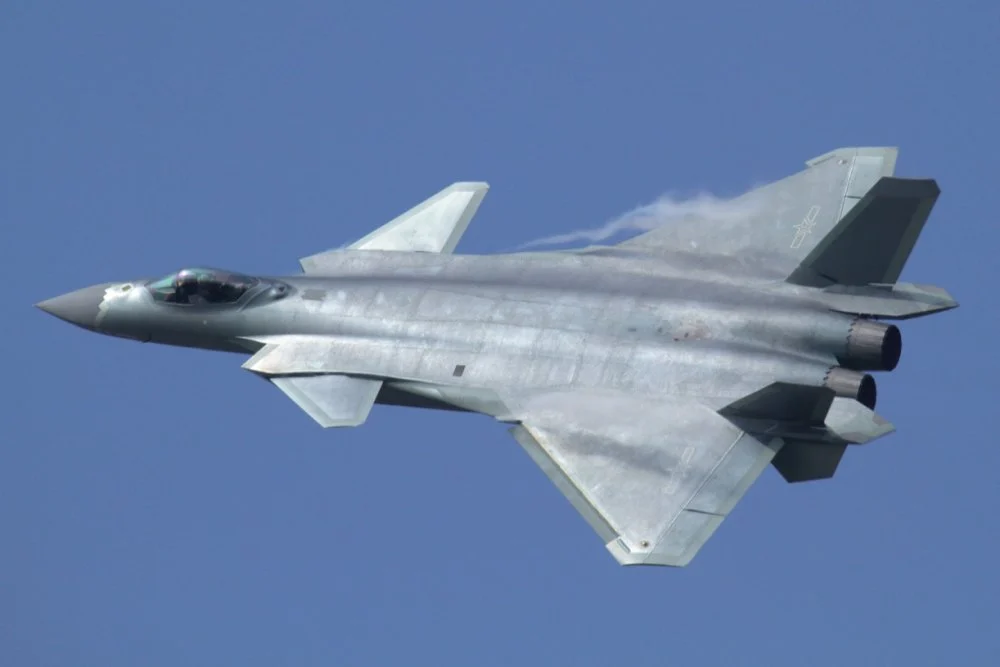
- Stealth and Performance:
- The J-20’s design focuses on stealth, particularly from the front, with features that reduce its radar cross-section, although its stealth capabilities are less effective from the side or rear, much like the Russian Su-57.
- Performance-wise, the J-20 boasts a top speed of approximately Mach 2, with an operational range of 1,200 to 2,000 miles, putting it on par with other 5th generation fighter jets in terms of distance covered.
- Armament and Avionics:
- The main weapon bay of the J-20 can house up to six long-range missiles or bombs, tailored for both air-to-air and precision-guided munitions, while the side bays carry short-range air-to-air missiles, such as the PL-10E, which can be targeted using helmet-mounted sights.
- Advanced avionics are a hallmark of the J-20, equipped with AESA radar and a suite of electro-optical and infrared sensors that provide a comprehensive battlefield picture, ensuring the J-20 pilot maintains superior situational awareness.
- Powerplant and Future Potential:
- Currently, the J-20 employs Russian AL-31F engines; however, there are plans to equip future models with the high-thrust WS-15 turbofans, which would allow the jet to super-cruise and achieve a top speed of Mach 2.5, though these engines have faced reliability issues.
- Despite challenges, the J-20 entered service in 2017 and began full-scale mass production in December 2021, reflecting the PLAAF’s confidence in the jet’s operational capabilities. The J-20 also regularly participates in maritime patrols, showcasing its role in China’s strategic military presence.
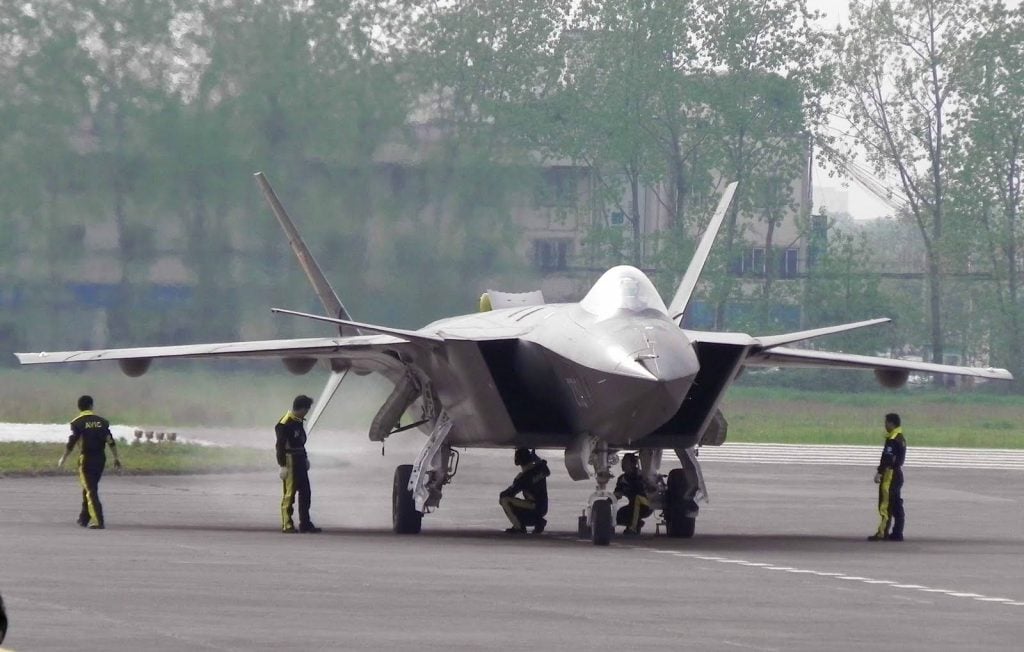
The Chengdu J-20 Mighty Dragon, with its combination of stealth, avionics, and weaponry, is a clear indicator of the advancements in China’s defense technology. As we continue to monitor the evolution of 5th generation fighter jets, the J-20’s development and deployment will undoubtedly influence the dynamics of air combat and power projection in the Asia-Pacific region and beyond.
Sukhoi Su-57 Felon
In our continued exploration of the world’s most advanced 5th generation fighter jets, we turn our gaze to the Russian skies where the Sukhoi Su-57 Felon soars as a testament to the prowess of Russian aerospace engineering.
Developed by the United Aircraft Corporation (UAC), the Su-57 is a multirole fighter jet designed to fulfill a broad spectrum of tasks for the Russian Air Force, reflecting our shared ambition to achieve aerial excellence.
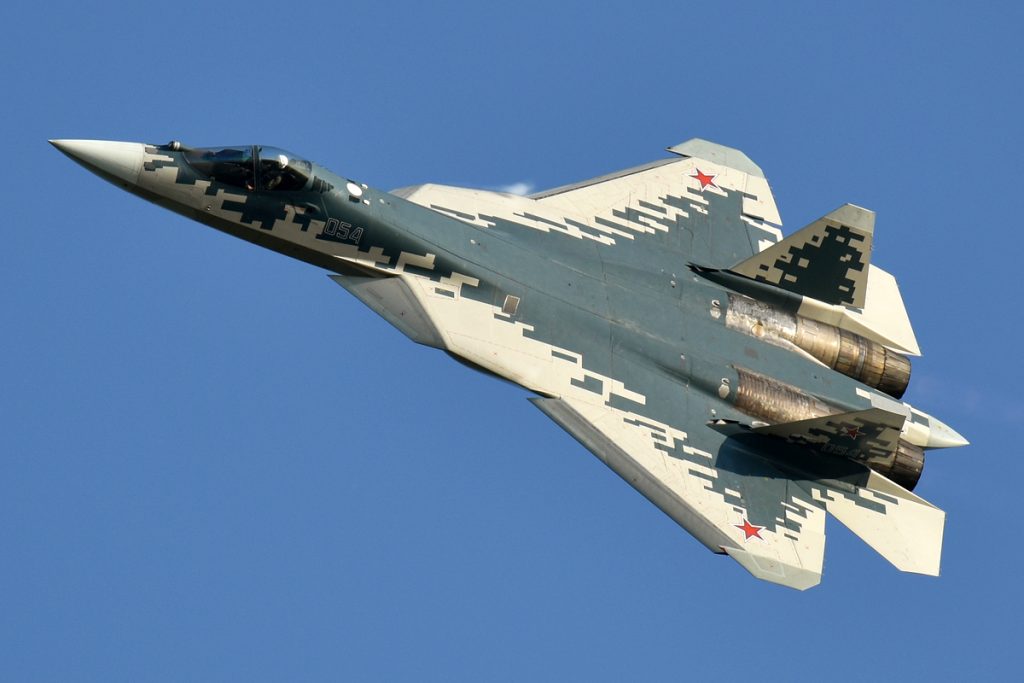
- Engine and Speed:
- At the heart of the Su-57 Felon lies its powerful propulsion system, equipped with Izdeliye 117 or AL-41F1 augmented turbofans, which empower the fighter jet to reach speeds up to Mach 2. This formidable speed not only signifies the jet’s rapid response capabilities but also its potential to engage and disengage at will in the theater of combat.
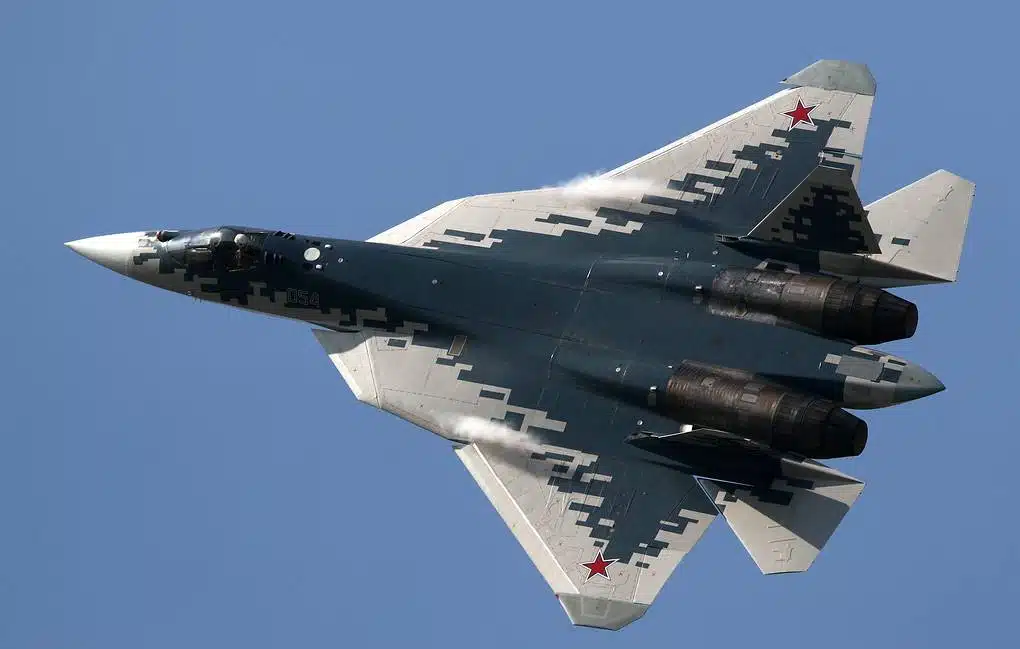
We, as guardians and enthusiasts of aerial defense, recognize the Su-57’s contribution to the elite club of 5th generation fighter jets. Its development signifies a leap in aviation technology, mirroring our own aspirations to constantly evolve and adapt in the face of challenges. The Su-57 Felon not only represents Russia’s confidence in its defense capabilities but also serves as a symbol of the relentless pursuit of innovation in the domain of fighter jets. As we continue to witness the evolution of these magnificent machines, the Su-57 stands as a proud member of the best fighter jets in the world, ready to carve its niche in the annals of air combat history.
Eurofighter Typhoon
In the vanguard of European aerospace excellence, we find the Eurofighter Typhoon, a formidable multirole fighter that encapsulates the collaborative ingenuity of its consortium manufacturers.
Though often designated as a 4.5 generation fighter, the Typhoon’s advanced capabilities warrant its mention alongside the elite 5th generation fighter jets, a testament to its prowess in the skies.
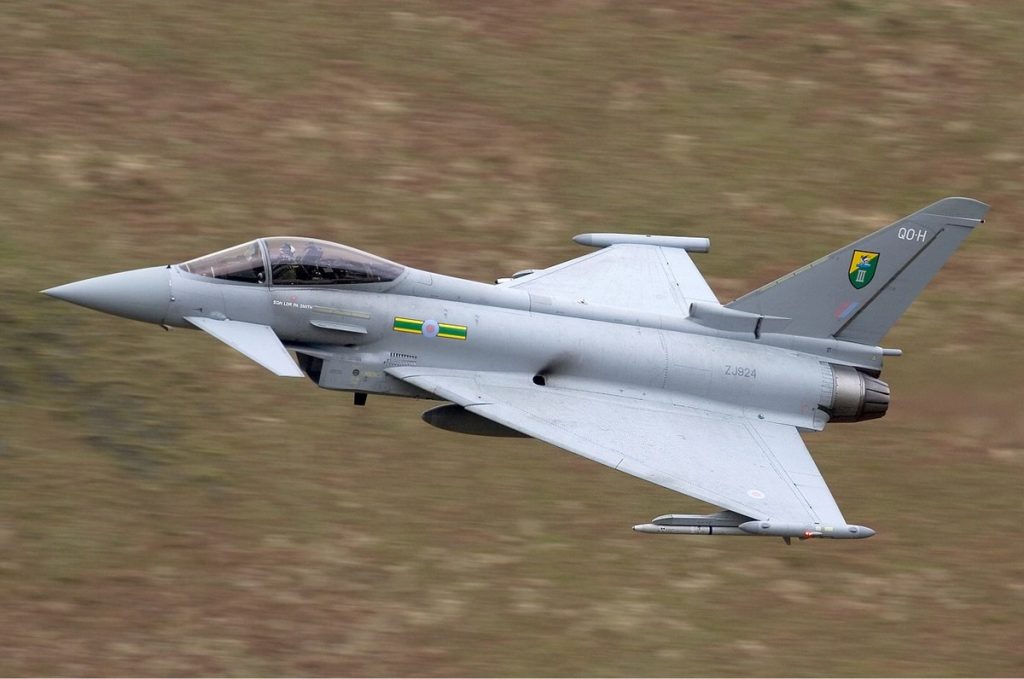
- Design and Multirole Flexibility:
- The Typhoon’s twin-engine, canard-delta wing configuration is a product of a meticulous design process, aimed at delivering a highly agile aircraft capable of securing air superiority while adeptly performing ground-attack roles.
- Its service with several esteemed air forces, such as those of Germany, the UK, Italy, and Spain, underscores its operational versatility and the strategic value it brings to the European defense landscape.
- Advanced Features and Avionics:
- Despite not featuring the hallmark stealth technology of 5th generation counterparts, the Typhoon boasts a significant percentage of non-metallic surface materials, enhancing its radar evasion capabilities.
- The integration of direct voice input and hands-on throttle and stick controls streamlines pilot operations, allowing for swift, intuitive command execution in the heat of combat.
- At the core of its sensor suite, the Captor-M radar extends a wide field of regard, offering comprehensive search and track capabilities that are crucial for both air-to-air and air-to-surface engagements.
- Performance and Engineering:
- The aircraft’s two-spool EJ200 engines are marvels of engineering, enabling the Typhoon to cruise at supersonic speeds without the need for afterburners—a feature that, while not classified as supercruise in the traditional sense, is indicative of the jet’s exceptional performance envelope.
- The deliberately unstable aerodynamic design of the Typhoon is a conscious choice, enhancing its maneuverability at subsonic speeds while ensuring efficient supersonic performance, solidifying its status as one of the best fighter jets in the world.
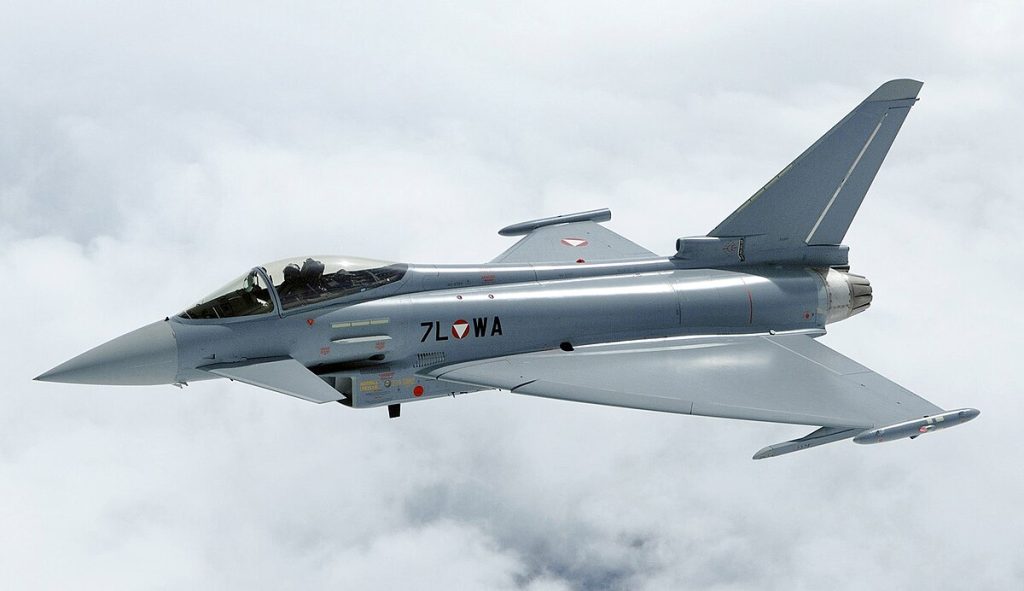
As of October 2020, with 572 units delivered and actively serving, the Eurofighter Typhoon remains a cornerstone of Europe’s defense strategy, its capabilities reflecting our enduring commitment to maintaining a cutting-edge fleet of fighter jets. While it may not possess all the defining features of a fifth generation fighter, its advanced avionics, high agility, and multirole capabilities make it an indispensable asset in the arsenal of any air force it serves. Its continued evolution and adoption underscore the collective ambition and aspiration to reach new heights of aerial dominance.
Comparison Overview
In our pursuit to understand the zenith of aerial warfare, we must compare the remarkable machines that constitute the 5th generation fighter jets. These jets are more than just aircraft; they are the embodiment of a nation’s defense prowess and technological might. Let us examine the key attributes that distinguish these titans of the skies:
- Stealth Technology: A defining feature of 5th generation fighter jets is their stealth capabilities. These aircraft are designed with radar-absorbent materials and unique geometries to minimize their radar cross-section, making them nearly invisible to enemy detection systems. The F-22 Raptor and F-35 Lightning II from the USA, the Chengdu J-20 from China, and the Sukhoi Su-57 from Russia are prime examples of this stealth mastery, each engineered to operate undetected in hostile environments.
- Supercruise and Maneuverability: Supercruise ability allows these jets to fly at supersonic speeds without afterburners, conserving fuel and extending their operational range. Coupled with super maneuverability, which provides extreme agility, these jets can dominate in dogfights and evade advanced missile systems. For instance, the Sukhoi T-50 PAK-FA is designed to supercruise at Mach 1.6, a testament to Russia’s advanced engineering in this domain.
- Advanced Avionics: The integration of all-digital flight systems and sophisticated avionics in 5th generation fighter jets ensures pilots have unparalleled situational awareness. These systems enable real-time data sharing and network-centric warfare capabilities, giving pilots a decisive advantage. The F-35 Lightning II, with its advanced sensor fusion, exemplifies how integrated avionics can multiply combat effectiveness.
As we, the stewards of our skies, consider the global landscape of 5th generation fighter jets, we see a diverse array of nations striving to achieve air superiority. Beyond the USA, Russia, and China, countries like Japan and South Korea are forging ahead with their own projects, such as the Mitsubishi X-2 Shinshin and the KAI KF-X, respectively. Meanwhile, the collaborative effort between India and Russia in developing the HAL FGFA, an advanced derivative of the PAK FA with over 40 improvements, underscores the global recognition of the strategic importance of these advanced aircraft.
It is clear that the first 5th-generation fighter to reach service, the American Lockheed F-22 Raptor, has set a high benchmark for its successors. Yet, as we look towards the horizon, we see that the evolution of 5th generation fighter jets is far from complete. With ongoing projects in Turkey, South Korea, Japan, and Europe, the best fighter jet in the world may still be on the drawing boards, waiting to redefine the future of air combat.
As we assess these formidable fighter planes, we must acknowledge that each brings its own unique strengths to the table. The F-22 Raptor’s unmatched air superiority, the F-35 Lightning II’s multirole flexibility, the Chengdu J-20’s strategic reach, and the Sukhoi Su-57’s raw power all contribute to a diverse and dynamic global fleet of 5th generation fighter jets. Our commitment to understanding and appreciating these remarkable machines is unwavering, as we continue to mentor and inspire the next generation of defense aspirants to reach for the skies with ambition and purpose.
The Future of Air Combat
As we peer into the horizon of aerial combat, the future beckons with a promise of transformative advancements that will redefine the ethos of air warfare. Our commitment to excellence and technological mastery propels us toward an era where the synergy of man and machine reaches unprecedented levels:
- Integration of Manned and Unmanned Systems:
- The evolution of 5th generation fighter jets is poised to break new ground with the seamless integration of manned and unmanned systems. This symbiotic relationship is expected to enhance operational flexibility, allowing for a diverse array of tactical approaches that cater to the complexities of modern combat scenarios.
- We anticipate a future where autonomous or remotely piloted wingmen will accompany manned fighter planes, executing coordinated maneuvers and expanding the capabilities of the lead aircraft. This will not only increase the survivability of pilots but also provide a strategic advantage in terms of reconnaissance, electronic warfare, and precision strikes.
- The Advent of AI Pilots:
- The advent of AI pilots is set to revolutionize the cockpit of the best fighter jet in the world. These AI systems will serve as co-pilots, capable of processing vast amounts of data at speeds incomprehensible to the human mind. Their inclusion will ensure that human pilots can focus on strategic decision-making while the AI handles real-time tactical adjustments.
- AI pilots will also be at the forefront of unmanned fighter jets, capable of executing complex missions with precision and efficiency. The potential for AI pilots to operate independently or in support of manned aircraft holds the promise of a new paradigm in air combat, where the synergy between human intuition and machine intelligence becomes a decisive factor.
- Technological Prowess and Evolving Tactics:
- Our journey toward the future of air combat is underpinned by a relentless pursuit of advanced technologies and evolving tactics. The next generation of aerial warfare will be characterized by an increased reliance on stealth, electronic warfare, and cyber capabilities, ensuring that 5th generation fighter jets remain at the pinnacle of military aviation.
- We foresee a dynamic battlefield where information dominance and network-centric operations dictate the tempo of engagement. The ability to adapt and outmaneuver adversaries will be amplified by the sophisticated use of data fusion, sensor networks, and real-time communication systems, providing a comprehensive operational picture that enhances strategic and tactical decision-making.
In this rapidly evolving landscape, we stand at the cusp of a new dawn for 5th generation fighter jets. As we embrace the challenges and opportunities that lie ahead, our commitment to nurturing the next generation of defense aspirants remains unwavering. We will continue to delve into the intricacies of these formidable fighter planes, equipping our aspirants with the knowledge and skills necessary to excel in the future theater of air combat—a future where the fusion of human valor and technological prowess charts the course of victory.
Conclusion
The exploration of the world’s most advanced 5th generation fighter jets reveals a landscape where stealth, agility, and integrated avionics converge to redefine modern air warfare. We have witnessed the pinnacle of aerospace engineering through the exemplary F-22 Raptor, F-35 Lightning II, Chengdu J-20, and Sukhoi Su-57, each jet illustrating the strategic depth and combat readiness pivotal to maintaining air superiority. In assessing these advanced machines, we affirm our commitment to fostering understanding and inspiring excellence in the field of defense and aviation.
As the horizon of air combat continues to expand with technological innovation and strategic development, these 5th generation fighters stand as harbingers of a transformed battlespace. The implications of their capabilities extend beyond immediate military tactics to the broader goals of national security and global power dynamics. Our journey through the echelons of fighter jet technology is a testament to human ingenuity and the relentless pursuit of dominance in the skies, guiding aspirants in defense fields toward a future of sky-bound achievements.
FAQ
1. What defines a 5th Generation Fighter Jet?
A: 5th Generation Fighter Jets are characterized by advanced stealth capabilities, supersonic cruising speed, highly integrated avionics systems, enhanced situational awareness, and network-centric warfare capabilities. They are designed to have reduced radar cross-sections and are equipped with next-generation weapons systems.
2. Which countries have developed 5th Generation Fighter Jets?
A: Several countries have developed or are in the process of developing 5th Generation Fighter Jets. The United States leads with the F-22 Raptor and F-35 Lightning II, Russia has the Sukhoi Su-57, China has developed the Chengdu J-20, and other countries like India and Japan are in various stages of developing their own 5th Generation aircraft.
3. How does the stealth capability of 5th Generation Fighter Jets work?
A: Stealth capability in 5th Generation Fighter Jets is achieved through a combination of radar-absorbing materials, internal weapon bays, and design features that minimize radar cross-section. This allows the aircraft to evade or reduce detection by enemy radar systems.
4. What are the main differences between 4th and 5th Generation Fighter Jets?
A: The main differences include advanced stealth technology, enhanced avionics, improved network-centric warfare capabilities, and the ability to maintain supersonic speeds without afterburners in 5th Generation Jets. Additionally, 5th Generation aircraft have improved survivability, lethality, and situational awareness.
5. Can 5th Generation Fighter Jets operate with older aircraft?
A: Yes, 5th Generation Fighter Jets can operate alongside older aircraft. They often serve as force multipliers by enhancing the capabilities of 4th Generation Fighters through data sharing and networked operations, improving the overall effectiveness of the fleet.
6. How are 5th Generation Fighter Jets used in modern warfare?
A: 5th Generation Fighter Jets are used in a variety of roles, including air superiority, ground attack, intelligence, surveillance, reconnaissance (ISR), and electronic warfare. Their advanced capabilities make them versatile assets in both conventional and asymmetrical warfare scenarios.
7. What challenges are associated with developing and operating 5th Generation Fighter Jets?
A: Developing and operating 5th Generation Fighter Jets come with high costs, technological challenges, and the need for advanced training for pilots and maintenance crews. Additionally, integrating these advanced jets into existing defense infrastructure and ensuring interoperability with allied forces are significant challenges.
8. How do 5th Generation Fighter Jets impact international security and defense strategies?
A: The deployment of 5th Generation Fighter Jets significantly enhances a nation’s air defense capabilities, potentially altering the strategic balance in a region. Their presence can deter potential adversaries, support diplomacy, and ensure air dominance in conflict scenarios, impacting global security dynamics.
By understanding these key elements, we not only grasp the technical prowess of these aircraft but also recognize the strategic implications of their development. As nations continue to innovate and adapt, the realm of 5th generation fighter jets remains a critical focal point for maintaining competitive military capabilities on the global stage.

